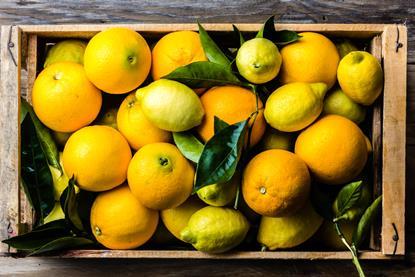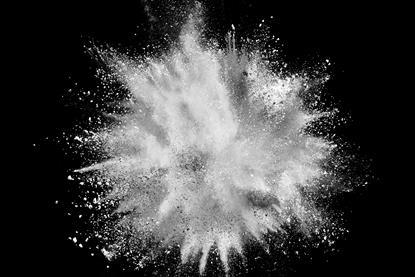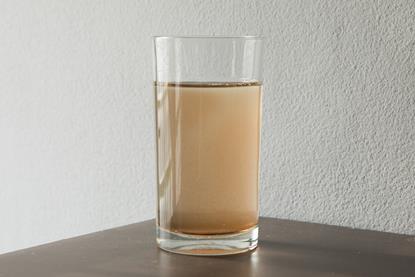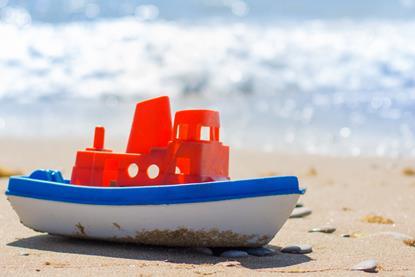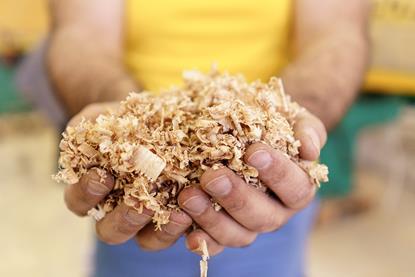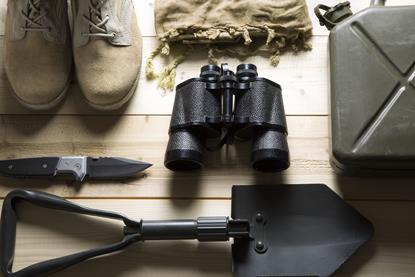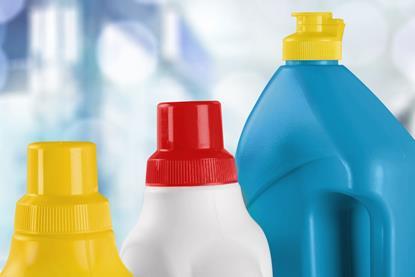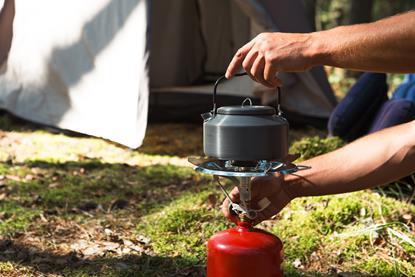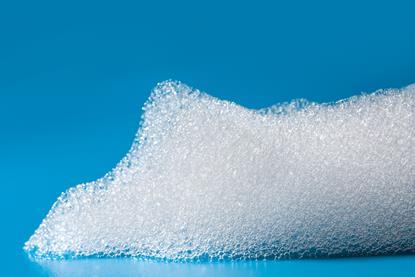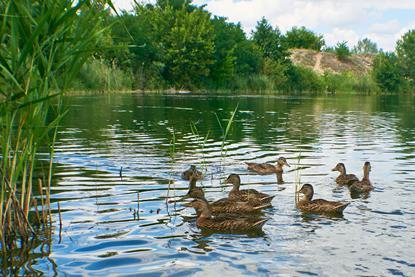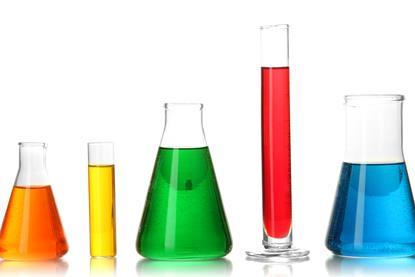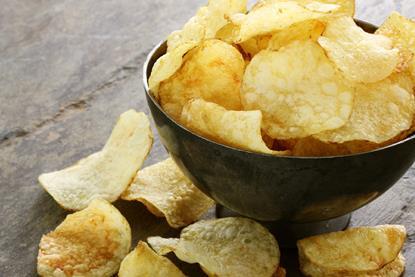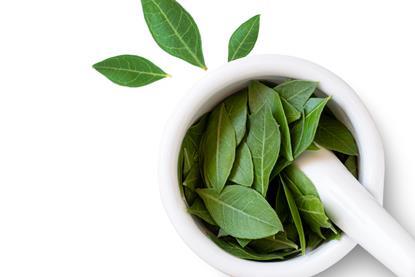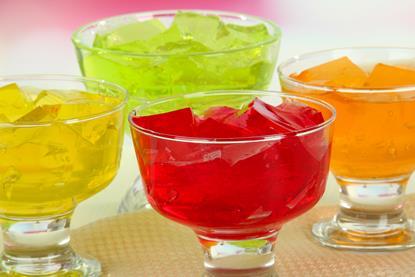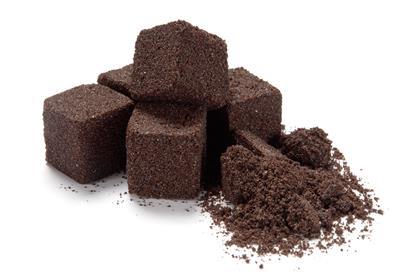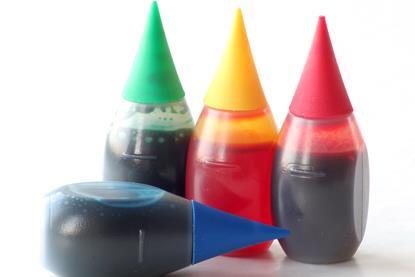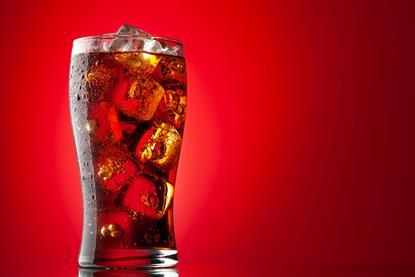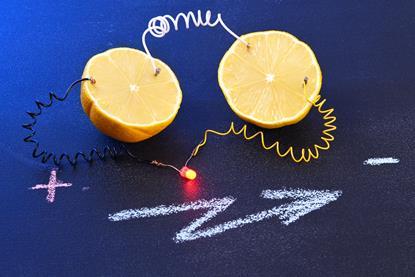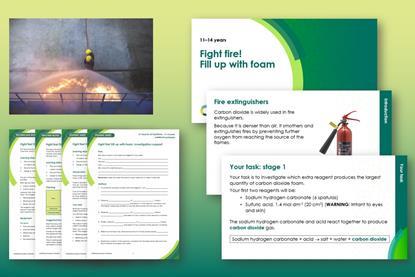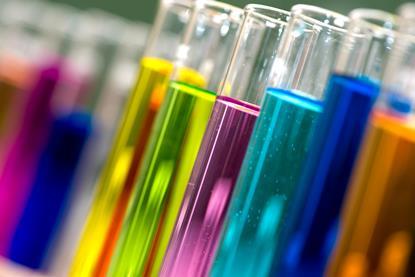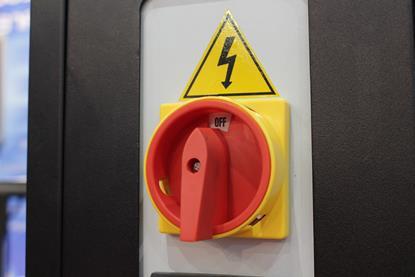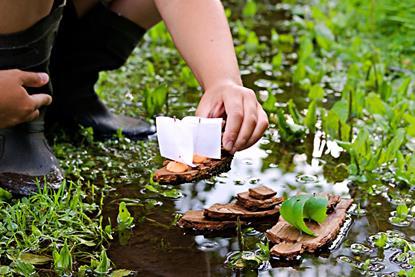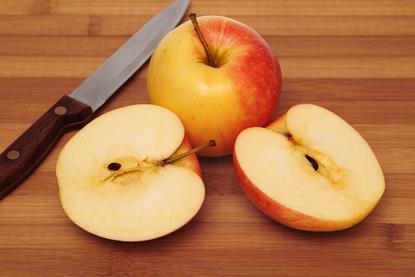- Home
- I am a …
- Resources
- Collections
- Remote teaching support
- Starters for ten
- Screen experiments
- Assessment for learning
- Microscale chemistry
- Faces of chemistry
- Classic chemistry experiments
- Nuffield practical collection
- Anecdotes for chemistry teachers
- Literacy in science teaching
- More …
- Climate change and sustainability
- Alchemy
- On this day in chemistry
- Global experiments
- PhET interactive simulations
- Chemistry vignettes
- Context and problem based learning
- Journal of the month
- Chemistry and art
- Classic chemistry demonstrations
- In search of solutions
- In search of more solutions
- Creative problem-solving in chemistry
- Solar spark
- Chemistry for non-specialists
- Health and safety in higher education
- Analytical chemistry introductions
- Exhibition chemistry
- Introductory maths for higher education
- Commercial skills for chemists
- Kitchen chemistry
- Journals how to guides
- Chemistry in health
- Chemistry in sport
- Chemistry in your cupboard
- Chocolate chemistry
- Adnoddau addysgu cemeg Cymraeg
- The chemistry of fireworks
- Festive chemistry
- Collections
- Education in Chemistry
- Teach Chemistry
- Events
- Teacher PD
- Enrichment
- Our work
- More navigation items
In search of solutions
Practical problem-solving activities to engage and motivate learners, develop key skills and encourage them to follow a scientific career
Each activity presents learners with a context and a problem to solve. They work in groups to design and carry out their own experiment. As learners overcome the obstacles within the tasks, their inventiveness and enthusiasm for chemistry flourishes. Originally published in the book In search of solutions.
How to use resources from ‘In search of solutions’
Get tips and suggestions for using our ‘In search of solutions’ collection to inspire your students and develop their problem-solving skills in chemistry
Oranges and lemons
Discover the hidden secrets of lemons and oranges with this open experiment, where learners can design their own investigation. Includes kit list and safety instructions.
White powder mix-up at the factory
Learners create their own chemical investigative company, and solve the mystery of the white powder mix-up. Includes kit list, and safety instructions.
Water for survival | 11-16 years
Practical problem-solving investigation including filtration, distillation and temperature. Includes kit list and safety instructions.
The ten gram boat race
Explore surface tension in this experiment that gives learners a practical way to test out their chemical concepts. Includes kit list and safety instructions.
Secret in the sachet
What’s the secret inside the cut flower sachet? Find out with this class session. Includes kit list and safety instructions.
Separating sand, sawdust and salt
Sand, sawdust and salt will mix in interesting ways, and learners will need to use all their chemical knowledge to separate them, ready for Mrs Johal’s next class. Includes kit list and safety instructions.
Desert survival | 9-14 years
Discover more about evaporation and condensation with this practical, that gives learners a chance to test their skills in a survival setting. Includes kit list and safety instructios.
Which bleach is the best buy?
Which bleach is best? By investigating this question, learners will discover more about redox reactions. Includes kit list and safety instruction.
Which fuel is better? | 11-16 years
Find out more about combustion rates, and how to use different fuels to boil water in a pinch. Includes kit list and safety instructions.
The ups and downs of chemistry
Encourage learners to explore solubility and density in this experiment. Includes kit list and safety instructions.
The heavy lift cup challenge
Use household items to discover how to lift heavy objects with a carbon dioxide reaction. Includes kit list and safety instructions.
The cooking an egg using least energy challenge
Science and food come together in this experiment to explore energy and insulation. Includes kit list and safety instructions.
The duck pond problem
Learn more about how humans can affect the environment, and how chemistry can be used to help it in this practical. Includes kit list and safety instructions.
Technician in trouble! What solutions are which?
Investigate different chemical solutions with this experiment that explore reactions of acids and alkalis, as well as neutralisation. Includes kit list and safety instructions.
‘Recycle shipwrecked cargo’ demands group
Recycle, reuse and rediscover with this shipwreck themed experiment. Includes kit list and safety instructions.
Salty crisps
Dissolving, filtration and evaporation are all on offer to explore in this healthy eating experiment. Includes kit list and safety instructions.
Research division, Standish Chemical Company
Explore reaction rates in this practical that allows learners to consider how chemistry works in the wider world. Includes kit list and safety instructions.
Pigments
Discover how we can extract dye materials from plants in this explorative practical, includes kit list and safety instructions.
Quick jelly
Discover how the rate of reaction within gelatine can change how quickly jelly will set. Includes kit list and safety instructions.
Natural dyeing
Collect natural dyes for learners to use in the classroom. Exploring how dyes and indicators change the colour of different cloths.
Making invisible ink
Write a message in invisible ink on plain A4 paper, creating a testing a series of chemical concentrations to see which is best.
Lift Oxo cubes to dizzy heights
Explore how creating carbon dioxide from reactions can be harnessed to lift objects in this classroom experiment.
Making your own indicator
Explore acids, alkalis, and dyes with this classroom practical. Includes kit list and safety instructions.
Just a can of cola?
A fully open brief to help learners conduct original experiments into their favourite soft drinks. Includes possible experiments and safety instructions.
Is the secretary guilty? | 14–16 years
In this practical, your learners become chemical detectives by carrying out an investigation using separation techniques
Kitchen currents
Collect household items, and let students make their own batteries with this experiment in practical chemistry. Includes kit list and safety instructions.
Heating power of a candle
Bunsen burner Vs candles, the battle of the ages! Determine their equivalent energy output in this practical. Includes kit list and safety instructions.
Funny felt pens
Find out how colour changing pens work in this practical into acids and alkalis in inks. Includes kit list and safety instructions.
Indicator puzzle
Discover the pH of different solutions by using plant based natural dyes in this practical. Includes kit list and safety instructions.
Fight fire! Fill up with foam | 11–14 years
How do firefighters do it? That’s the question your learners will explore in this investigation into carbon dioxide foam
Colour creation
Blue and red make purple, but what makes blue? Discover how acids and alkalis indicate with different colours in this practical. Includes kit list and safety instructions.
Bigger and better bubbles
Perfect for young learners, or older, this experiment shows off the science of surface tension. Includes kit list and safety instructions.
Chemical circuit breaker
Help a talented, but forgetful, professor to discover the purpose of her work, using acids and metals to produce hydrogen. Includes kit list and safety instructions.
Building a chemically powered boat
Put junk material to good use, and create a gas powered boat, to explore CO2 production. Includes kit list and safety instructions.
A birthday cake candle timer
Use a candle to create a timer, and learn how combustion can be used to help in everyday life. Includes kit list and safety instructions.
Apple browning
Enjoy a healthy snack, and learn about chemistry with this experiment into chemical preservation. Includes kit list and safety instructions.













